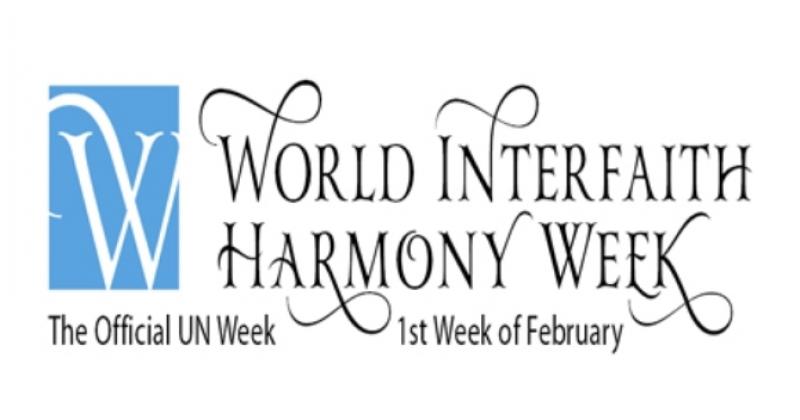This is the fifth year in a row in which the Interfaith Harmony Week (first week of February) has been marked. This day, the brainchild of the Jordanian Hashemite thought, was unanimously adopted at the United Nations. But this year's marking had a special specialty, for how can we talk about harmony at a time when this year witnessed the emergence of violence, extremism and wrong manipulation of religion, as well as “passive” views of hatred being aired on satellites stations and social networking sites? What would our reaction be towards the exorbitant defamation of religions by the tendentious and insipid newspapers through revealing themselves as expressing freedom of expression in its capacity as a human right?
The Interfaith Harmony Week is being marked this year at a time when Jordan hosts a number of conferences in air-conditioned halls becoming part of an annual norm which is a significant characteristic of our country for several decades. At the same time, Jordan hosts nowadays more than 8,000 displaced Christians from Mosul and other Iraqi cities and villages, who were expelled because of their belief that can be traced back to more than 2,000 years. How can we mark the Interfaith Harmony Week this year at a time when we move incessantly between conference rooms and havens of refugees? What should we focus on?
To answer the question, I go back to the 50th anniversary of the existence of the Pontifical Institute for Arabic and Islamic Studies (PISAI) in Rome which had extensive services in Tunis, where it was founded (1926-1965). This anniversary was marked at the Pontifical Urbaniana University with the convening of an international conference titled, “Study and Understanding the other’s Religion; Towards Mutual Recognition among Religions and Cultures in Today's World.” The conference concluded with a meeting with Pope Francis at the Vatican, who delivered a speech in which he highlighted the importance of Islamic-Christian dialogue today. He included some remarks that are useful for the future. Some of which are:
First: After exerting several efforts and despite the misunderstandings and difficulties, we should focus on the importance of listening to one another, because it contains a valuable educational dimension designed to grasp the values of others, appreciate their concerns and aspirations, as well as shed light on their beliefs. Listing to others does not imply prior definition of what I want to hear from my interlocutors, but rather what they want to say.
Second: The dialogue and relationships in general cannot be simply summarized by a “simple compromise” by saying “yes” to everything raised in order to avoid getting into trouble. The first point, listening, leads to evading “simple compromise”. It is a process that involves partnership and exchange of the beautiful values in every religion. This leads to a culture exceeding mere dialogue. This implies the culture of the meeting, and what it incorporates, namely, “sophistication and etiquette” as well as promotion of relations away from the stage of compliments.
Third: The Islamic-Christian dialogue nowadays needs patience and humility accompanied by an in-depth study which requires continued and unstinting preparation that is not based on the historical and political developments which seek to defame the other's religion and brand it with violence, extremism and terrorism. It requires educational upbringing and the ability to withstand the waves of hatred so as to move forward on the path of harmony and respect for the other person, including his life, his dignity, his rights which stem from this dignity, his reputation, his property, his ethnic cultural identity, as well as his thoughts and political choices.
The Interfaith Harmony Week is a Jordanian initiative adopted internationally but still facing difficulties and obstacles. The religious arena cannot be left to extremism to those who fan it, and to those who sympathize with it.
